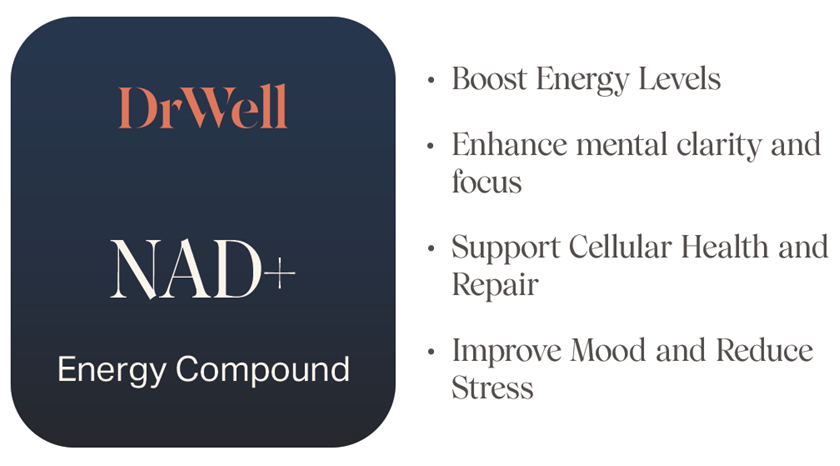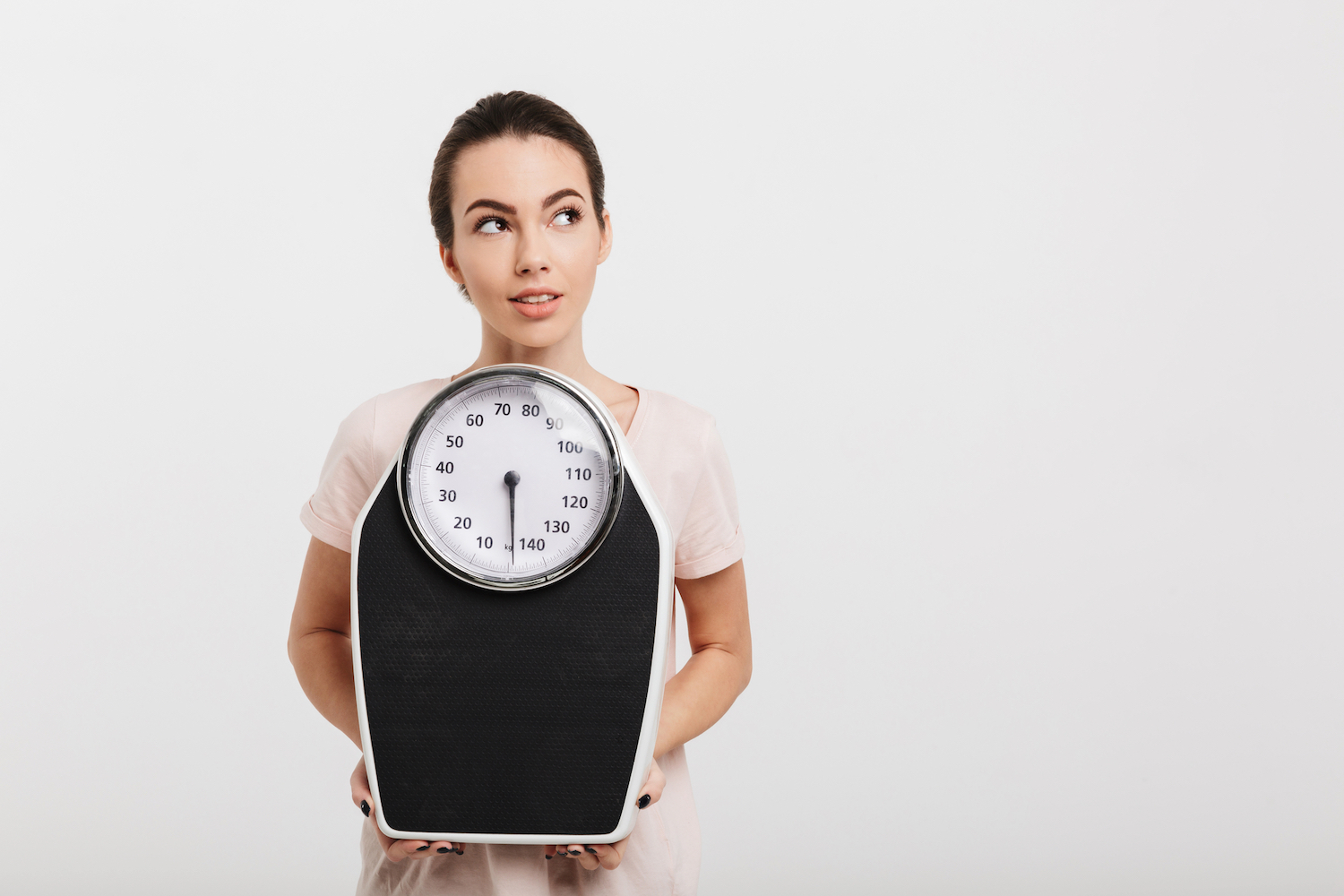 This post may ultimately sound self serving because I’m recommending something that benefits my city and my business. But it doesn’t make these recommendations any less appropriate. San Francisco is ready to reopen for business at the end of the current shelter-in-place order (beginning of May). And that includes allowing a vast majority of businesses to reopen. This also includes allowing hospitals and healthcare providers to begin performing elective procedures and services again. Self serving? Possibly. But these recommendations are also based on data. Keep reading.
This post may ultimately sound self serving because I’m recommending something that benefits my city and my business. But it doesn’t make these recommendations any less appropriate. San Francisco is ready to reopen for business at the end of the current shelter-in-place order (beginning of May). And that includes allowing a vast majority of businesses to reopen. This also includes allowing hospitals and healthcare providers to begin performing elective procedures and services again. Self serving? Possibly. But these recommendations are also based on data. Keep reading.
Why San Francisco is ready to reopen for business
As I discussed here previously, San Francisco has had fewer COVID-19 deaths than most large cities in the country. The city benefited from the early institution of shelter-in-place orders. Additionally, the large number of tech workers in the area began working remotely even earlier in the month of March. These early social distancing recommendations are having far reaching benefits in San Francisco.
There were only 12 COVID-19+ inpatients at all three Sutter Health CPMC San Francisco hospitals as of Friday, April 10th. Clearly, not every city has these same low rates of inpatient admissions for patients with the coronavirus. And that’s why the decision to reopen for business or relax the shelter-in-place orders are not a national-level decision. These decisions are necessary on a local and regional basis, when appropriate, in coordination with state decision makers.
Because there are so few COVID-19+ inpatients in San Francisco, that means the hospital has the capacity to accept more of these patients if necessary. But it also means hospitals can start performing elective procedures again. With beds available, we can reassure every patient they will have a bed if needed.
Concerning news for San Francisco
While San Francisco is controlling the outbreak with social distancing, there is a potential problem on the horizon. On April 10th, public health officials announced that 70 people at San Francisco’s largest homeless shelter were found to be COVID-19 positive.
At this time, it remains to be seen if this will lead to the surge that has yet to materialize.
Benchmarks before reopening businesses
Based on the roadmap to reopening issued by former FDA commissioner Scott Gottlieb, there are four benchmarks before we can move to the next phase (Phase II) of this crisis. In his words, the current quarantine and shelter at home is Phase I. Now that we have 1) a reduction of patients needing inpatient medical care over the course of 14 days (one incubation period) and 2) hospitals in the area can safely treat all patients requiring hospitalization, San Francsico satisfies two of his four milestones at this moment.
The third and fourth benchmarks include widespread testing along with active monitoring and tracing of all confirmed cases. This is possible to implement over the remaining days in April.
On a case by case basis, doctor’s offices can join the city and other lab testing facilities in providing rapid testing capabilities to our citizens. My office is receiving delivery this week of antibody testing kits. These rapid blood testing kits can determine if one of my patients has 1) not been exposed to the virus, 2) was recently exposed and does not have full immunity yet or 3) they’ve been exposed and now has full immunity. If any patients test positive, but not yet immune, in our office, they will be sent home or to the hospital depending on symptomatology and they will be reported to the CDC.
The last requirement to move on to Phase II, contact tracing, will be available by the end of April. This includes the notification of an individual via smartphone if they’ve been near someone else that has since tested positive for the virus. By tracking this information, affected individuals can be monitored, sent home, isolated or seek out treatment. The technology to accomplish this is being provided by both Apple and Google. The software or API (application programming interface) they’re building for health department apps will have interoperability between both iPhone and Android.
Guidelines when reopening businesses
According to Gottlieb, in Phase II, the majority of schools, universities, and businesses can reopen. The truth is, many governors are leaning towards leaving schools closed for the rest of the school year. But working from home, when feasible, should continue. And he suggests gatherings be no more than 50 people at a time.
While grocery stores and convenience stores can limit the number of people that come in at once, this is a more complicated decision for restaurants and bars. Many restaurants can continue delivery through DoorDash, Caviar, Postmates and UberEats. And I suppose dine-in restaurants can operate at 50% capacity where some social distancing is possible.
However, most restaurants operate on a thin margin. Being in a situation wherein their expenses/payroll are at pre-pandemic levels, but the restaurant is generating half the revenue may be untenable and impractical. It will also be interesting to review the numbers, when available, if restaurants whose business model is not meant for delivery and take out only, are generating enough revenue.
When it comes to bars, is there any scenario where they can reopen during Phase II? Bars seem to be less conducive to social distancing and more likely for patrons to be in close proximity to one another. Can a bar operate at 50% capacity? This may be a decision for a later phase.
Having realistic expectations
It’s critically important the public understands it’s not realistic to expect no one to get sick during the process of relaxing social distancing protocols. We just have to minimize the number of people that get sick at any one time. That’s what flattening the curve is all about.
We should not frame the question as, if we stop social distancing too soon, will people die? Unfortunately, it’s inevitable that as home quarantines are lifted, more people will die. More people will contract COVID-19, some will require admission to the hospital, and a few of those people will then go to the ICU and succumb to the virus. That’s unavoidable to some extent.
The right question is, how to do we relax social distancing, lockdowns and quarantines in such a way as to reduce the possibility of a spike in new infections that overwhelms the healthcare system? Just as flattening the curve was the goal at the beginning and in the midst of this crisis, flattening the curve is still the goal as we start to return to a more normal (but definitely not normal) way of life.
A phased return to “business as usual” is necessary. But only in areas that are ready based on the four benchmarks above. With contact tracing and rapid immunity testing, businesses can reopen. And as time goes on and new data becomes available, more test-proven immune employees will be able to return to work. We can eventually gather in successive waves of 50, 100, or a 1000 people. And then one day, we’ll be able to attend an NFL game. One day.




